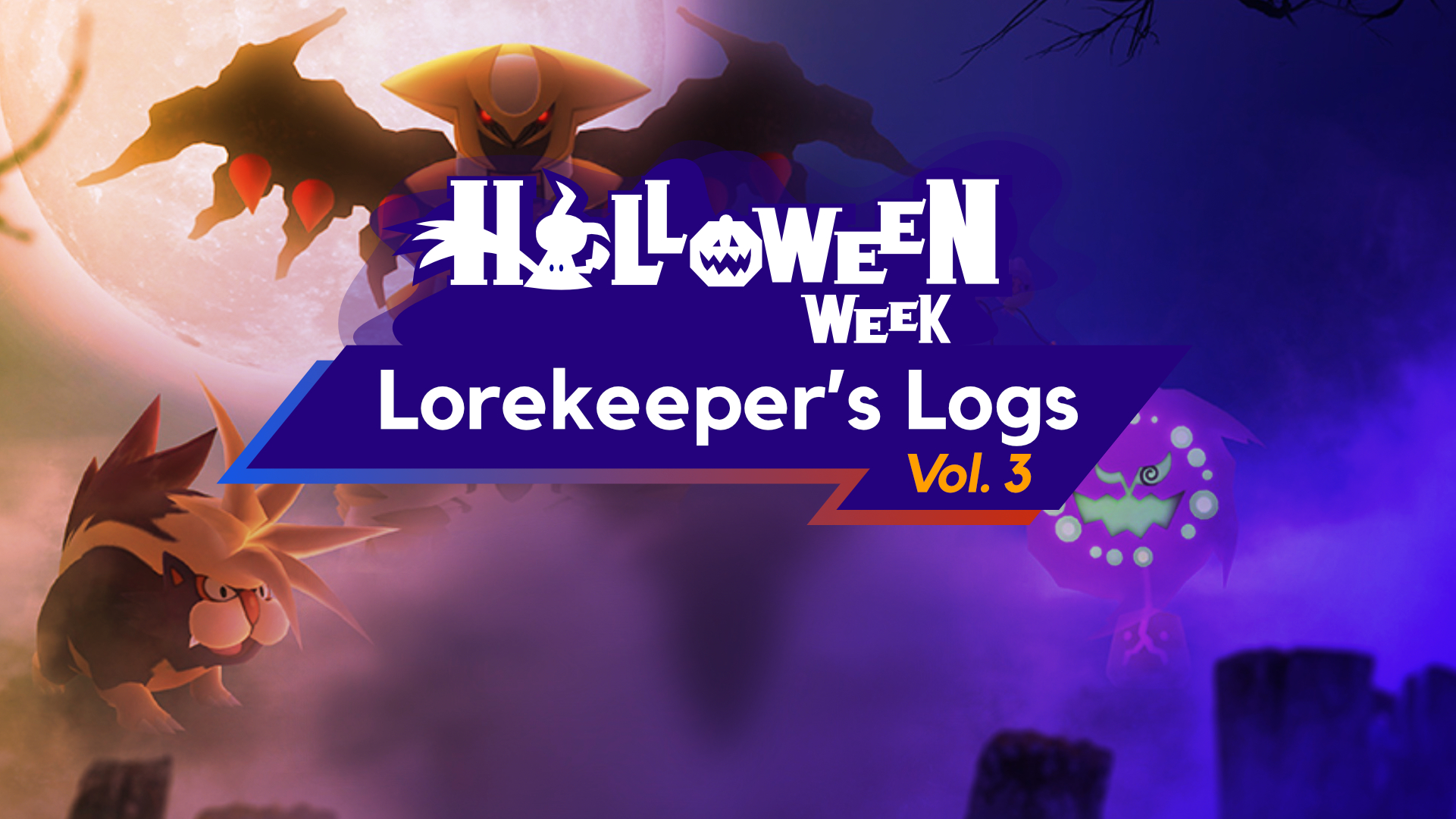16 days until Pokémon Sword & Shield release!
Welcome to Lorekeeper’s Logs! This series hopes to delve deep into the strangest lore of the Pokémon world and investigate the unexplained, the unanswered, and the unknown.
Happy Halloween, friends! Whether you’re kicking back with Mr. Fuji in Lavender Town, paying your respects at Mt. Pyre, or exploring the Old Chateau on a dare, I hope you have a safe and spooky holiday. Your old friend the Lorekeeper has you covered if you’re trying to get in that Halloween mood, too! For our third mystery, we’ll be exploring the most mysterious of Pokémon types, the spooky sensation known as the Ghost-type. Are they actually ghosts, or are they just born spooky? What connection, if any, do they have to the human soul? Aren’t there some anomalies in Generation I? Grab some candy corn, turn on your Silph Scope, and together, let’s bust these questions together!
Ghost-Type, But Not Actual Ghosts
To begin with, it’s worth noting that, despite their haunted appearances, ghost-type Pokémon are just Pokémon like any other. Ghost-type is generally speaking a classification, not a description; much like most Grass-type Pokémon have nothing to do with the actual plant known as grass, Dragon-type Pokémon have been drifting further and further from actual Dragons all along, and Mr. Mime somehow counts as a Fairy-type, Pokémon types are more about classifying them based on how their abilities and appearance fit into defined categories we as humans have set.
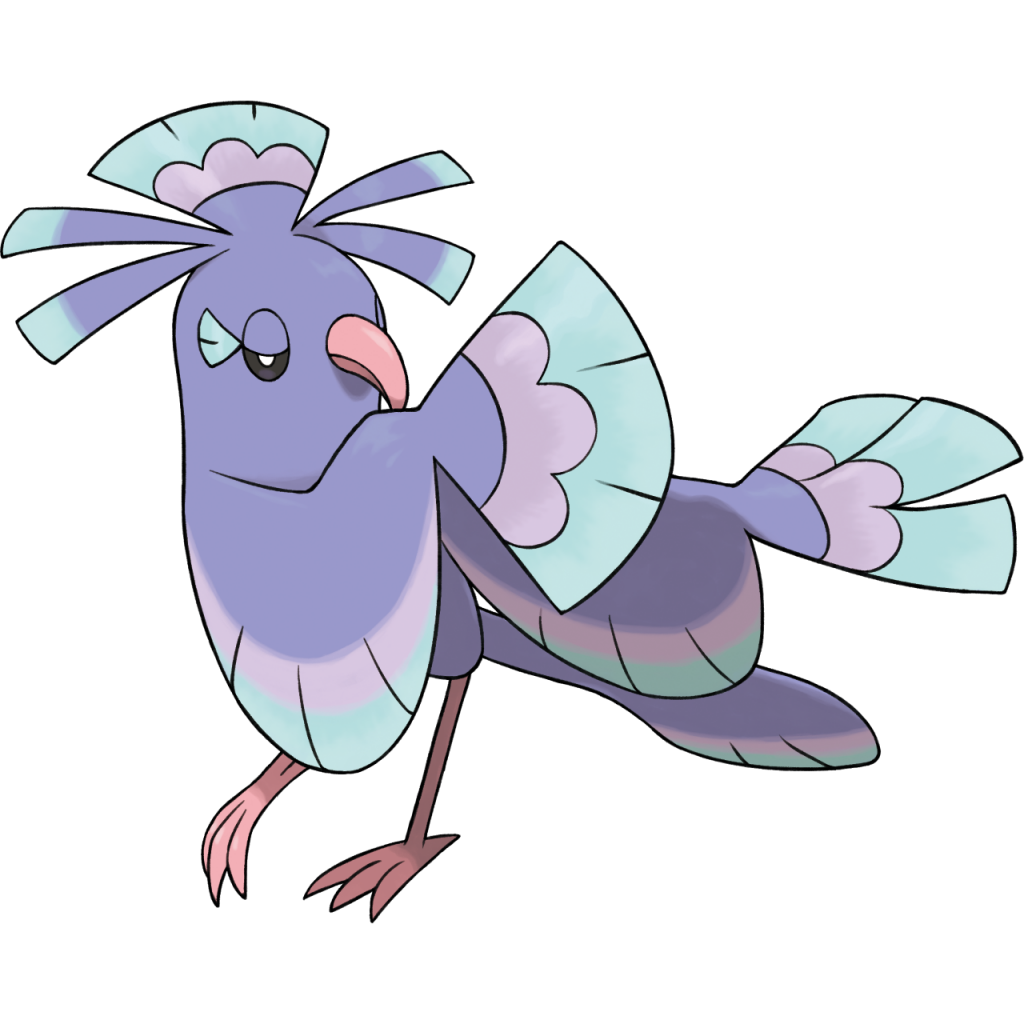
Many Ghost-type Pokémon fall into this category. Some, such as Mimikyu, Giratina, and Rotom are “Ghost-type” because they hold qualities similar to the legends of our own spirits, whether in Mimikyu’s seeming formlessness or Giratina and Rotom’s ability to pass between other dimensions or through physical objects; others, such as Alolan Marowak and Froslass, are obviously not truly Ghosts (due to their evolving from non-Ghost type Pokémon, which would seem to make no sense otherwise) but simply resemble phantoms in one way or another, with Froslass taking on traits of banshees and Marowak representing the fire-based funerary traditions of Polynesia. Others still would seem to be Ghost-type for seemingly arbitrary reasons, such as Decidueye being Ghost-type because of its ability to move stealthily and Oricorio (Sensu) being Ghost-type because… it feels like it?
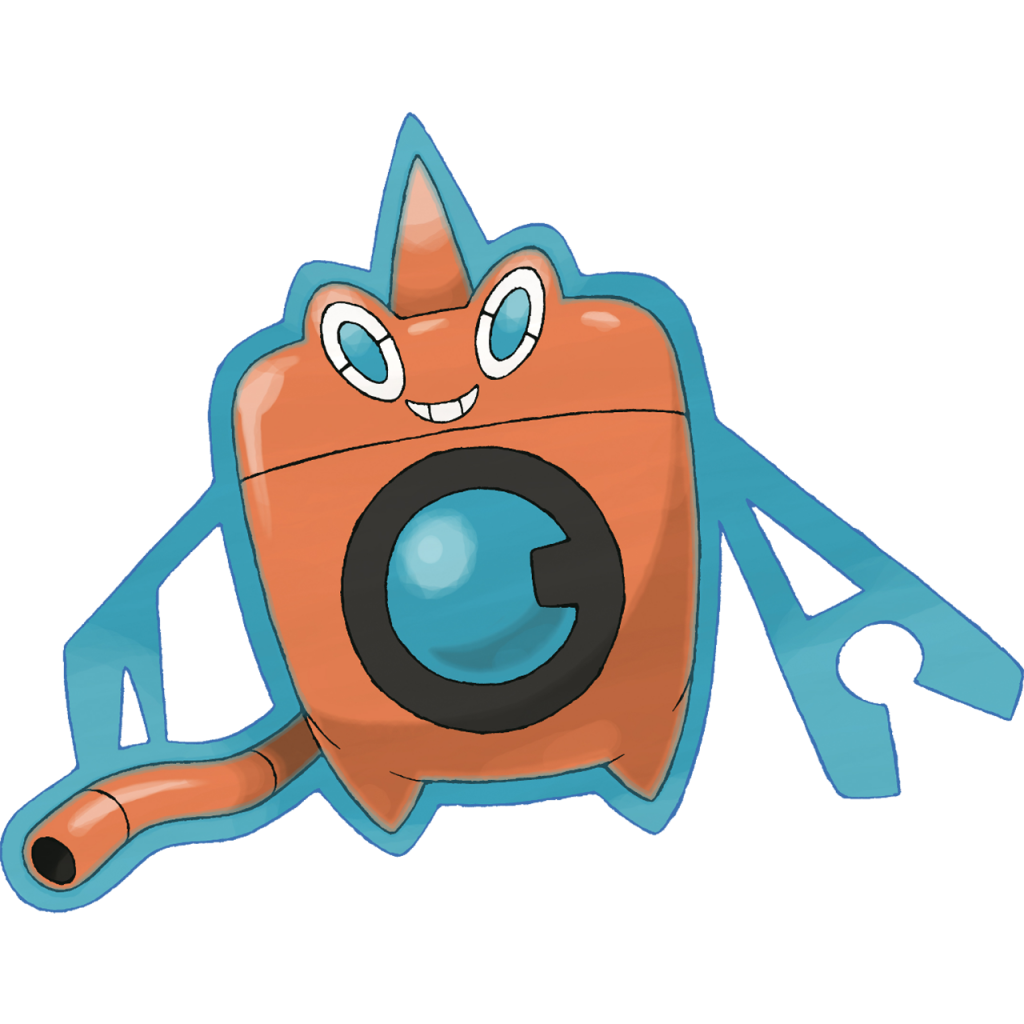
The aforementioned Rotom actually brings up another unique concept, as well. Rotom is actually a rare example of a Pokémon losing its Ghost-type, as it does when it enters any of its Formes; whether this is because it is now actually possessing a physical object and therefore can be struck by moves that can’t hit Ghosts, or because something actually changes in its structure, we can’t know. What we can know, however, is that this would seemingly make no sense if the Ghost-type simply represented “undead Pokémon.”
So, now that we’ve talked about how Ghost-type Pokémon aren’t all Ghosts… Let’s get spooky with it.
Ghost-Type, Maybe Actual Ghosts
As we’ve seen over the years, the Pokédex is possibly not the most reliable information tool in the Pokémon world. Far from the already-full, all-knowing encyclopedia we see in the anime, the Pokédex of the video games is literally a guide written by adolescent freelancers. Lore in the Pokédex we haven’t also seen with our own eyes must be taken with a grain of salt, or we have to take it as absolute fact that Drifloon kidnaps children, every Cubone wears the skull of its mother (even if it has siblings who are doing the same), and Rapidash can jump over Ayers Rock.
However, there are certain Ghost-type Pokémon who, nonetheless, have shown themselves to be supernatural in ways that the Pokédex attempts to explain, but is perhaps shaky on the specifics of. While there are Pokémon such as Banette and Yamask whose origins are questionable and “explained” in the Pokédex as being haunted, there are two who specifically defy scientific explanation.
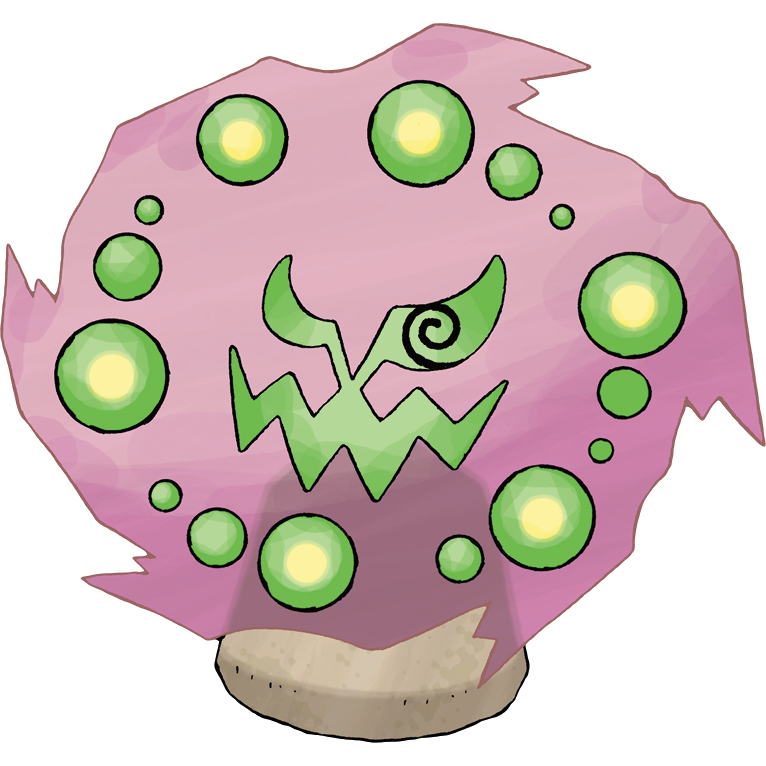
Spiritomb is a very unusual Pokémon, in that its origins have never been questioned and are often stated as fact in non-Pokédex contexts such as the anime and Pokémon GO. Apparently an amalgamation of 108 sinful spirits bound to a ritual object known as the Odd Keystone, Spiritomb can only be encountered via interacting with the Keystone while charged with the spiritual energy of other humans.
Much like with Porygon, the entire thing is called into question by the fact that Spiritomb can, in fact, breed. If it’s a rock with human souls in it, this doesn’t actually make a whole lot of sense; we can therefore probably discard parts of that theory. What is clear, however, is that the Odd Keystone is a catalyst for binding the spiritual energy of Spiritomb to it, showing Spiritomb to be more ghostly than nearly any other Ghost-type could hope to be. I’m reminded of the real-world myth of the Lich, a soul bound to an item known as a “phylactery” that keeps its soul in place so it can live forever. Spiritomb being highly resistant to physical damage and its previous lack of weaknesses would seem to lend themselves well to this real-world reference, but one thing is very clear- Spiritomb is very spooky.
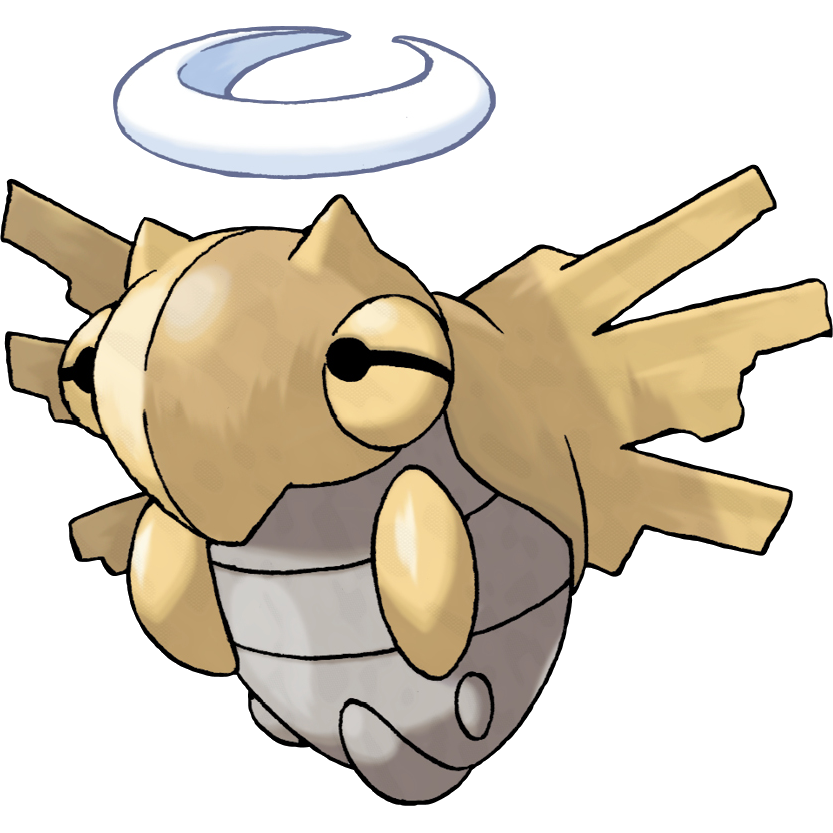
An equally bizarre specimen, Shedinja qualifies as one of the first Pokémon to have a truly unusual method of obtaining it. Gained by evolving a Nincada into Ninjask while holding an extra Poké Ball with a free slot in your party, this cast-off husk is seemingly the soulless, haunted shell that Nincada shed when it evolved. Bizarrely, there’s no other explanation that makes sense for this one; from its shape to the hole in its back to its otherwise-unexplained appearance, Shedinja is seemingly exactly what it seems like- the haunted remnants of Nincada’s previous life given form. Whether or not you’ll lose your soul by looking into its hole is questionable, but one thing’s for sure- this is the closest thing we have to an actual Ghost in the main franchise.
Of course, this is assuming we ignore the story of the games. And doing that takes us away from the most confusing, saddest ghost story of all…
The Curious Case of Marowak
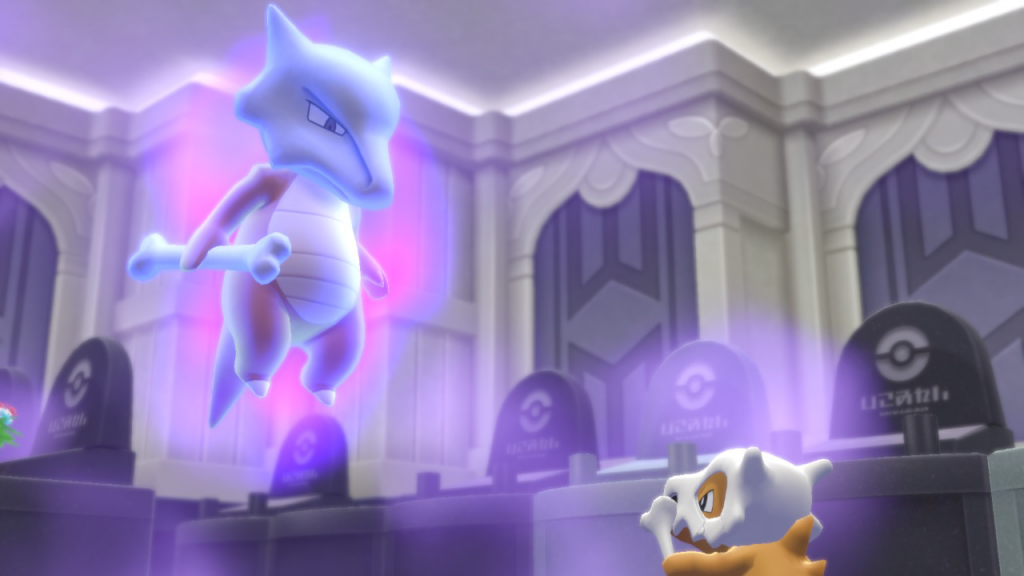
Pokémon funerary traditions are something we’ve seen on multiple occasions. Mt. Pyre, the Lost Tower, the Celestial Tower, and the Soul House are many examples of hallowed locations where departed Pokémon are laid to rest. None is more famous, however, than Lavender Town’s austere and magnificent Pokémon Tower, where trainers from all over Kanto and Johto come to pay their respects to the Pokémon from their past. Brutally, in Generation I, this includes Pokémon who have been directly killed by Team Rocket.
The most famous and pertinent victim of this is Marowak. Mother to an orphaned Cubone who makes many appearances throughout your time in Lavender Town (and beyond, in the most recent remakes), Marowak’s passing is the catalyst that starts the player’s true involvement in the fight against Team Rocket. Despite its overall importance to the plot, though, Marowak is also important for one other reason- it is the only time in the entire series we have actual, pertinent proof of a Pokémon directly becoming a ghost after its death. Unable to move on without confirmation that its child is safe, Marowak haunts the top floor of Pokémon Tower, seemingly responsible for the corrupt spiritual energy affecting the tower’s Mediums and setting the Gastly and Haunter who dwell in the tower into conflict. It’s also only visible with the Silph Scope, an item explicitly used for detecting spiritual energy.
The tale of Marowak, apart from being an extremely sad one, gives us our earliest glimpse into a world beyond that which we live in in the Pokémon universe. While later games would introduce the Distortion World, Ultra Space, and even the extremely strange idea of the multiverse, the ghostly Marowak shows us that the Pokémon world is larger than we can understand, and has mysteries that even the most diligent Lorekeeper can never fully uncover. Giratina can show us the way into the Distortion World, and we can cross through an Ultra Wormhole, but the barrier between life and death can only be crossed once.
There are examples of other Ghost-types with unusual natures and origins; the aforementioned Yamask, the confusing backstory of Banette despite it evolving from Shuppet, the possible really sad tale of Golett and Golurk… But the examples I’ve chosen seem to stand as the best examples of their paradigms, showing us the variety of ways that spirits have been shown in the Pokémon world.
Which Ghost-type Pokémon scares you the most? What mysteries of the Pokémon world should we tackle next time? Let us know in the comments, and until next time, remember…

We’re almost at the end of our Halloween Week for 2019, but there’s still time to get your submissions in for our creative contests! Just click here for further details!
Come chat over on our official Discord server or down in the comments below. If you haven’t already follow us on Twitter for the latest Pokémon news and goodness!

